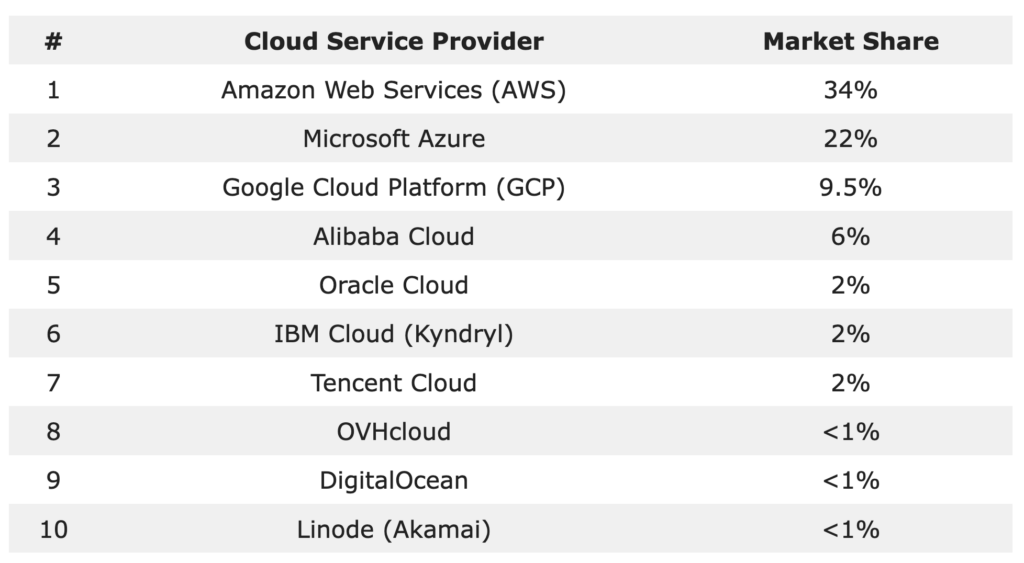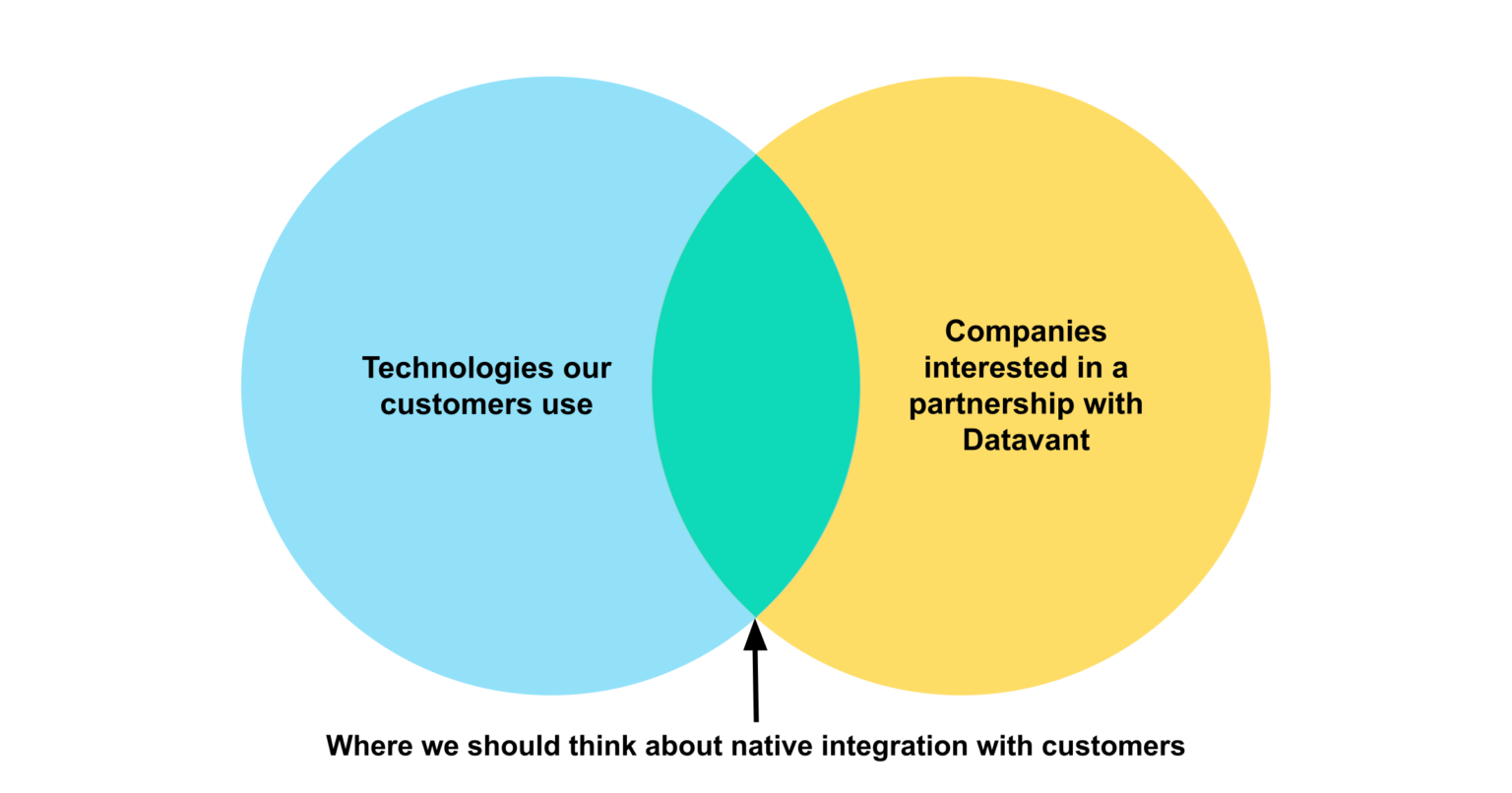Lauren Hisiger: Building Datavant’s Integration with AWS
Guiding a partnership strategy on Day1

New Datavanters are given Day 1 Projects as a way to accelerate their forward motion in their new role. Lauren Hisiger joined Datavant as a Product Manager in January 2023. We spoke with Lauren about her Day 1 Project: steering Datavant’s first Big Tech integration, a partnership with AWS to integrate Datavant’s de-identification technologies to accelerate adoption of the new AWS Clean Room offering. Want to work somewhere that offers meaningful charters from the moment you join? Check out our open positions.
Datavant recently announced a new partnership with AWS bringing together Datavant’s de-identification technology with the new AWS Clean Rooms. This is a major partnership undertaking; driving it forward was your Day 1 Project. Tell us about the experience of taking on such a significant charter the moment you joined.
I typically like having a foundation on a topic before starting to engage in conversations about it, but in this case I joined Datavant on Jan. 17 and was in meetings with cloud providers one week later. Our Emerging Business team did an incredible job paving the way for this partnership, so everyone involved was very eager to get things moving. I was simultaneously building my foundation with the technology, with the business, and with the product and its capabilities while having conversations with potential partners who wanted to draft press releases about it yesterday.
Also, my new manager joined Datavant a week before I did, so we were essentially onboarding together. The last product I owned at my previous job was internal only, so I was balancing learning a new product and learning a new company while working with 3rd parties. To get up to speed together, my manager and I kept a heavy schedule of one-on-one meetings in the beginning, and rather than discuss getting-oriented-to-the-company topics, we focused heavily on how we were going to approach the integration project. Sometimes these meetings were totally overwhelming, and sometimes they would be votes of encouragement – a pretty regular oscillation of confusion and confidence.
Did you come to Datavant with experience in cloud computing?
Prior to joining Datavant, I was a Product Manager for Bioinformatics data pipelines which heavily leveraged various cloud products. One of my projects was to manage a cloud migration from AWS to GCP, so I had a foundation with multiple cloud providers, various products within those clouds, and what it means for a business to be multi-cloud, but this was a different level of ramping up.
Why did we decide to partner with AWS?
AWS is the largest cloud provider by market share:

In my final interview with Bob Borek (now GM of our Provider business) before joining Datavant, Bob opened with: “How would you approach integrating Datavant with a major cloud provider?” It was 6pm Eastern Time on a Friday and I felt like I rambled my way to an answer, not fully realizing that he was probing me to figure out if I could manage being thrown into the deep end on my first project. Eventually I offered a venn diagram that looked something like this:

Basically, this effort isn’t going to succeed if we try to bring our customers to a specific cloud provider – but we can bring our technology to the cloud provider and make it available to their customers. Part of our goal in building a partnership, then, was to work with the cloud provider with the most customers.
A Clean Room isn’t a physical space. You can think of it as a logical boundary.
Tell us more about the project itself. What’s a “Clean Room”
Clean Rooms are a hot trend in the data collaboration space right now.
First, it’s important to understand that many organizations store their data in the cloud, not locally on premise. “Clean Rooms” are a product AWS has built to enable multiple users to collaborate on data analysis between datasets already hosted on the AWS cloud without having to share their underlying raw data.
A Clean Room isn’t a physical space. You can think of it as a logical boundary. Each party can control what aspects of their data are visible and how the data can be used (i.e., what functions are permitted on each column of data). It’s somewhat analogous to read-only access in G-Suite – it’s a sophisticated level of permissioning on data.
Why is this important in the health data space?
Healthcare data is very highly regulated and protecting patient privacy is critical. We’ve found that some customers are understandably hesitant to share their data externally, given that when you move any data, it increases risk for leakage or misuse. We often see linking strategies out there that are at odds with the privacy mechanisms a data holder might have in place, so being able to connect data without sharing all of it is very useful.
A Clean Room reduces the privacy risk involved in linking data because the data doesn’t have to travel out of the customer’s cloud space in order to be linked to other datasets. This facilitates customers working with Datavant and AWS on projects involving multiple external partners. But we should note that Clean Rooms are not a HIPAA compliant service, they are HIPAA eligible. There is a shared responsibility between Datavant, AWS, and our customers to determine that specific usages are HIPAA compliant.
It felt a little crazy that I’d only been here for 3 months and I was strategizing about up-leveling our token process.
How does Datavant’s technology fit into the Clean Room environment?
That was one of our main questions, actually. What’s the best scenario for our customers, for security, and for our technology? We discovered that we had to build a new type of link to work inside the Clean Room. We currently have a 2-step transformation process, but data isn’t shared in the Clean Room, so it doesn’t go through a 2-step transformation process. So then what does it mean to get data into a space where you can use the token to link data from different providers?
These are really big questions, and at one point I was discussing this with Datavant’s Chief of Staff, Mark Ungerer, and mentioned that it felt a little crazy that I’d only been here for 3 months and I was strategizing about up-leveling our token process. His response was something like, “You’re not insane – this is hard, and you’re getting it fast and figuring out how to shape the future of the system.” This felt like a turning point for me in my ability to lead within the project.
At a critical moment in developing the partnership with AWS, we organized an in-person session in March (…around 2 months after I joined…) with lots of key players. There was incredible excitement on both sides. Sales teams love to sell the room, but product teams need to be the adult voice in the room about what’s actually possible, so we spent a lot of time brainstorming what the partnership could look like, worked through from problem identification to use cases to product development to imagining buyers vs. users. It was a very inspiring day during which a lot of preliminary work seemed to come together.
What was one of the major questions you focused on in these sessions?
Every software developer will tell you how they struggle to get customers to install updated versions of their applications. One of our biggest questions was simply, “Will customers adopt a brand new technology?” That is, will customers recognize the difference between what we’re offering here and the current product they use? But it turned out that several customers wanted to be beta testers. That’s exciting, because it means we’re not just taking this on because we think it will work.
Being in product gave me a seat at the table.
Tell us a bit about your background. How did you get into Product Management?
I started in analytics but didn’t love being a data analyst. I discovered I liked being in product because it allowed me to leverage my analysis skills – not just look at data, but also offer solutions based on it. Being in product gave me a seat at the table that I didn’t have in analytics to help set a direction.
In my previous position, I became super familiar with that company’s products, but my role wasn’t very technically oriented. Datavant balances these things well for me: I work closely with an engineering team on a technical product while also taking on a broader product management scope. I like having an external-facing role, owning things end-to-end, working cross functionally and thinking strategically, while also staying grounded in the technology.
Have you picked up any crucial insights in your first few months at Datavant?
There are some pieces of domain-specific knowledge that may not appear significant, but are actually critical to your success. For example, you can easily search the internet for data storage costs with different cloud providers, but having this information at your fingertips is huge when you’re in conversations with customers. And along those lines, it’s important to know when you need to know things and when the best answer is to say that you don’t know something and will figure it out.
If you’re not ready to get thrown into the deep end, this may not be the right place for you.
What would you want somebody thinking about applying here to know?
If you’re not ready to get thrown into the deep end, this may not be the right place for you. But Datavant was very transparent about what I would be getting into: I knew there wouldn’t be a nice warm period of ramping up to bigger and bigger challenges. Of course, there is a big difference between knowing the path and walking the path!
About the authors
Lauren Hisiger has a background in Economics and Data Analysis and is a Product Manager with Datavant’s Apps Pod. Connect with Lauren on LinkedIn.
Nicholas DeMaison writes for Datavant where he leads talent branding initiatives. Connect with Nick on LinkedIn.
We’re hiring remotely across teams and love to speak with potential Datavanters who are eager to shape the future of health data exchange starting on Day 1!



